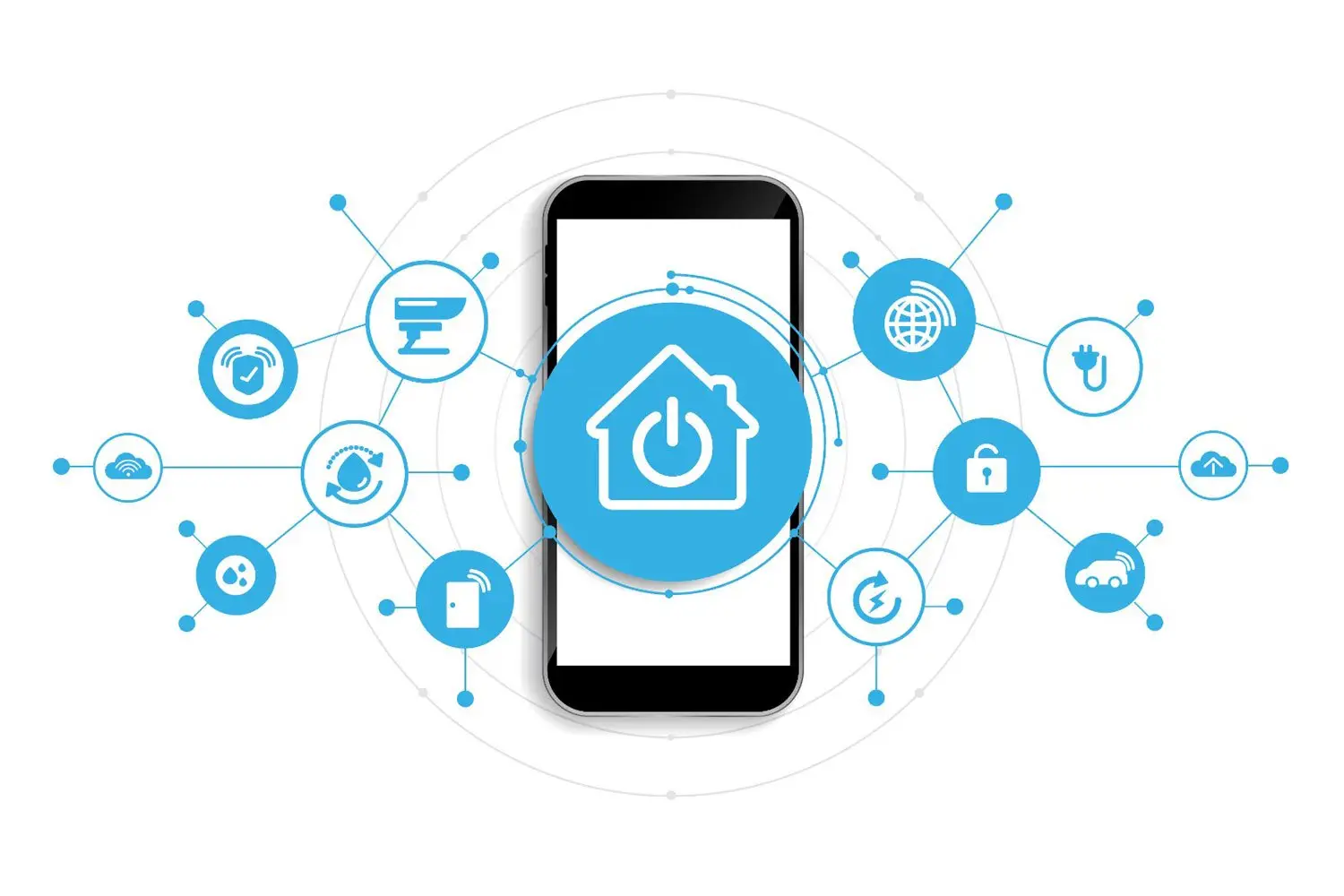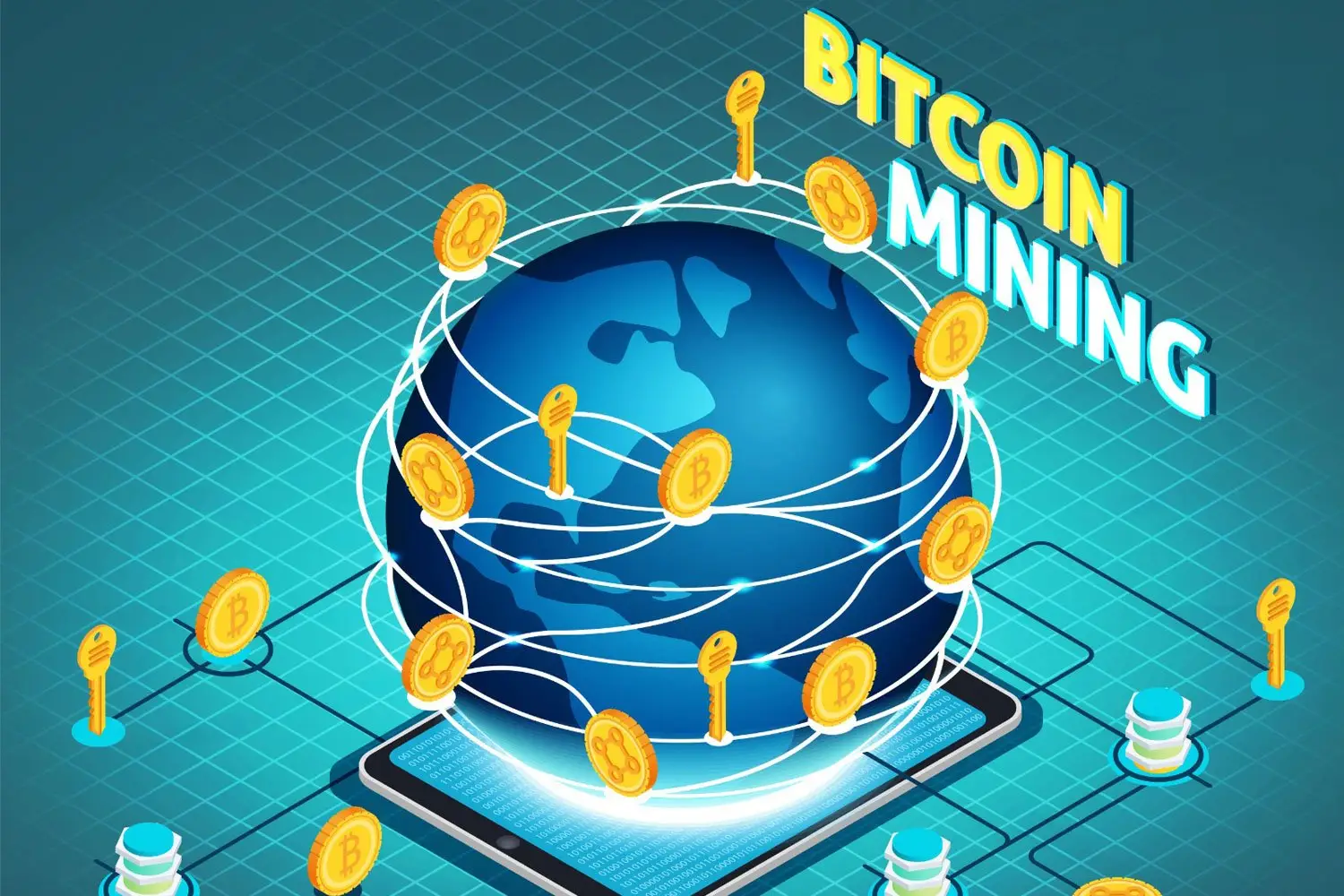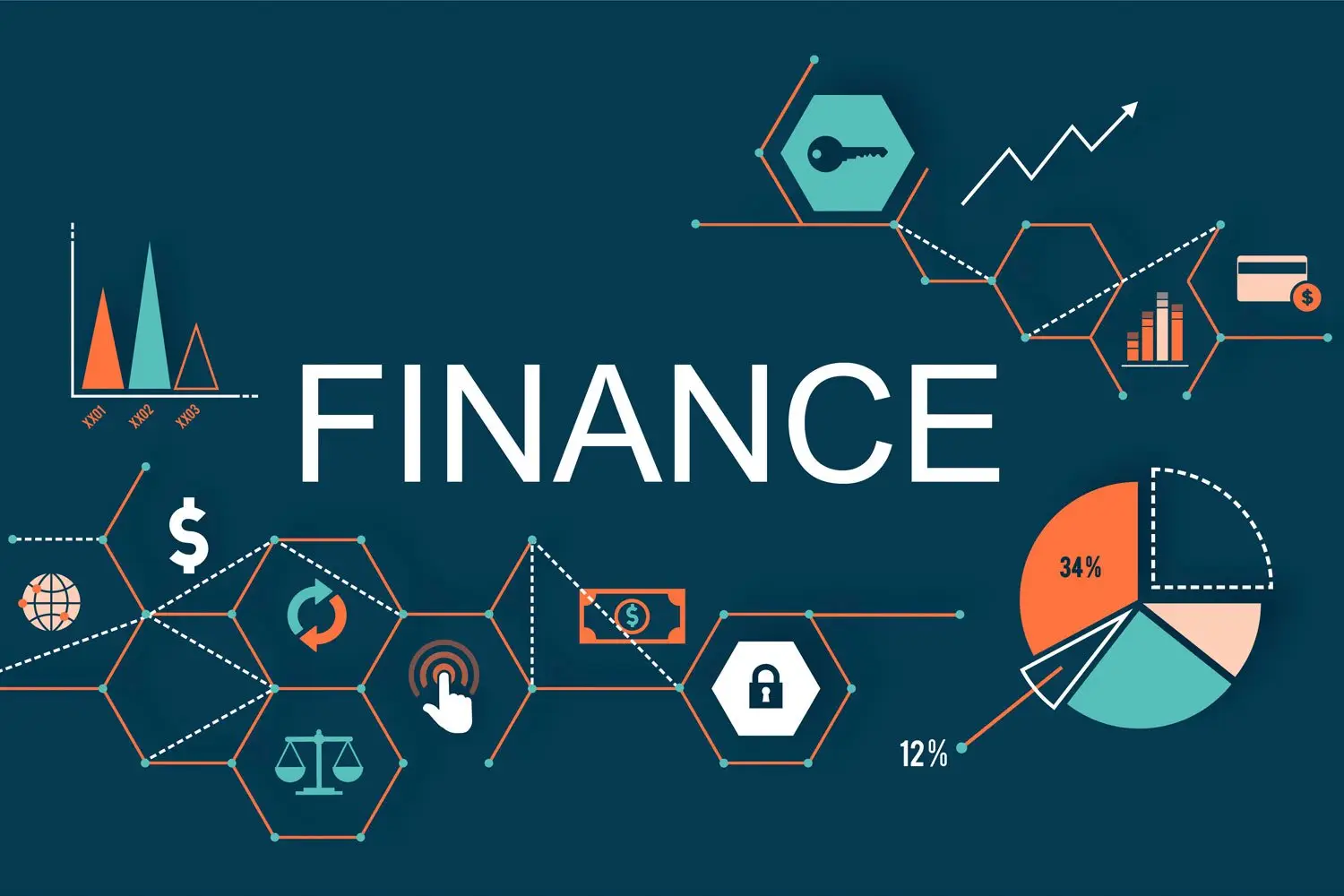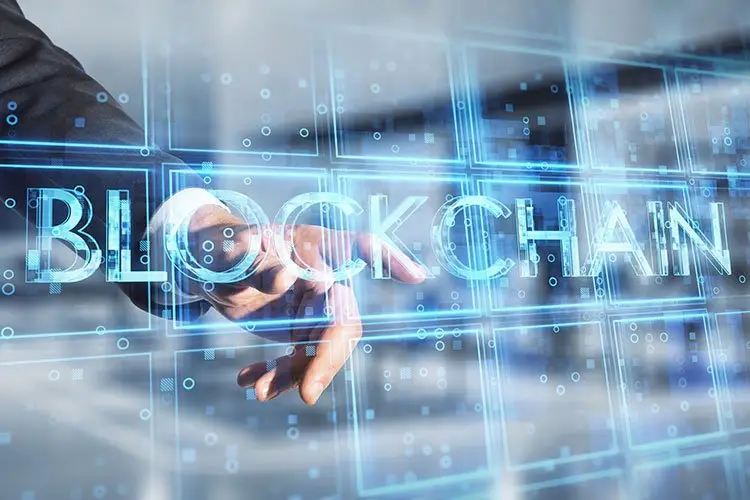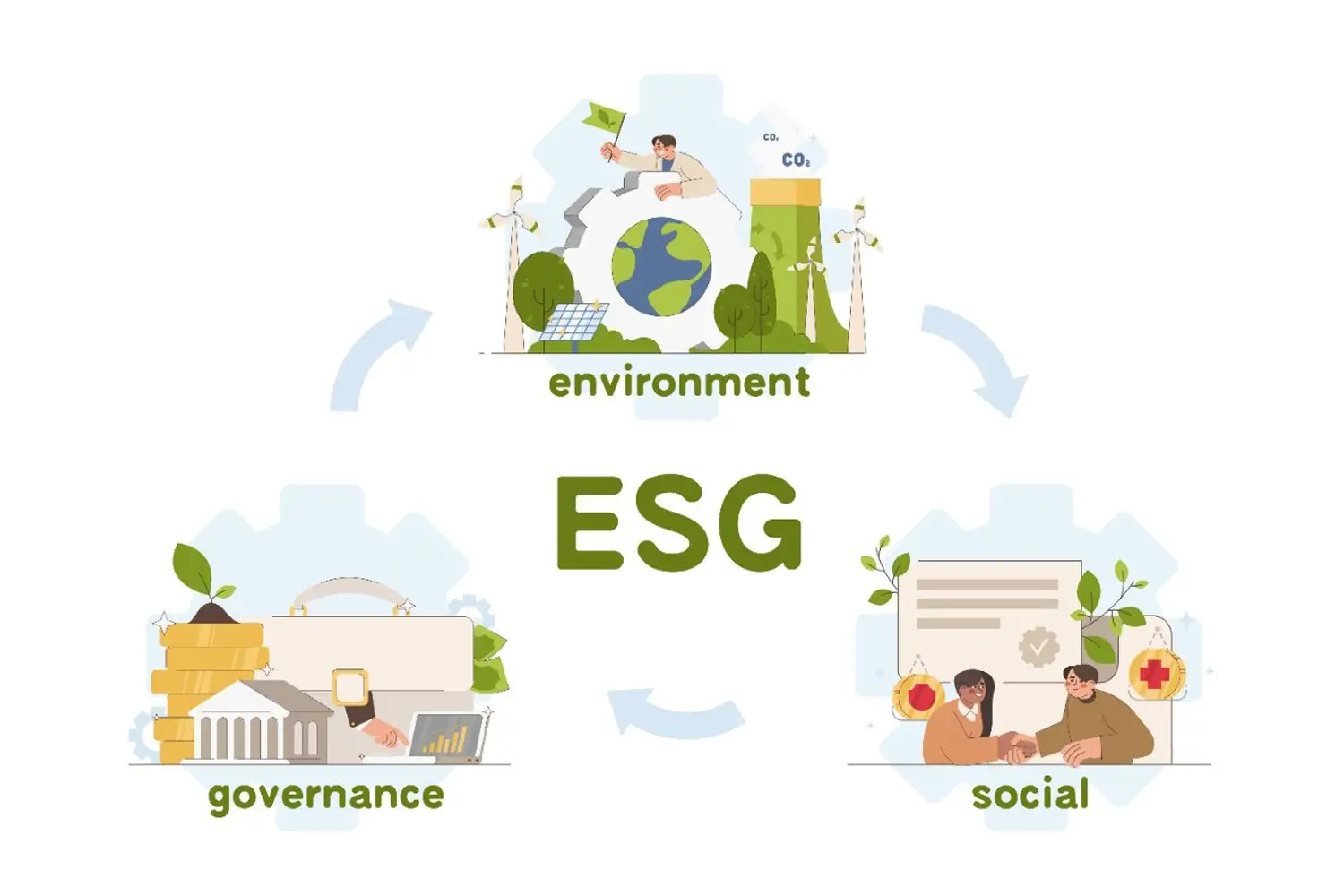Knowledge Update | Horizon University UAE – Essential Insights
Knowledge update and Industry update at Horizon University College (HUC) is an online platform for communicating knowledge with HUC stakeholders, industry, and the outside world about the current trends of business development, technology, and social changes. The platform helps in branding HUC as a leading institution of updated knowledge base and in encouraging faculties, students, and others to create and contribute under different streams of domain and application. The platform also acts as a catalyst for learning and sharing knowledge in various areas.
Dr. Waleed Alomoush
From Different Corners
Electronic learning (e-learning) is a cutting-edge technology that provides a powerful and scalable learning platform.
Dr. Osama Dorgham
From Different Corners
Graphics processing units (GPUs) have been a key component of high-performance computing for the past ten years, and they continue to make strides in emerging industries like cryptocurrency mining, the Internet of Things, autonomous driving, and massively parallel computing.
Dr. Manas Pradhan
From Different Corners
Digital gadgets have become a necessity in digital era of modern life style.
Mr. Mahmoud Alsakhnini
Lifestyle and Trends
Blockchain is a decentralized, distributed digital ledger that is used to record transactions across a network of computers. It uses cryptography to ensure the security and immutability of the recorded data.
Dr. Taher Ghazal
Lifestyle and Trends
Introduction:
Chatbots have become increasingly popular in various industries, including education.
Muhammad Shoaib
Accounting & Finance
ACCA is a globally renowned accounting body with an excellent reputation. ACCA qualification is an ideal option for students looking to pursue a career in finance or accounting as it is currently recognized in more than 180 countries around the globe. However, many students get confused when it comes to estimating the total cost of completing ACCA qualification.
Mr. Omar Sattar
From Different Corners
Creative writing deviates from the conventions of academic or technical literature and is a fictional and creative type of writing.
Dr. Rahul Sharma
Accounting & Finance
Personal relationship has always been the core to the financial sector since beginning. People were dealing with a particular bank because of personal relationship with the person dealing with them.
CCL Department
Accounting & Finance
David Lyford asserts that with the current craze for cryptocurrencies like bitcoin, it is difficult to avoid hearing about blockchain these days.
Prof. J. Shanmugan
Retail and Marketing
The world is experiencing major challenges like pandemic, geo-political issues and climate change on one hand ,on the other hand almost every decade trade cycles, recession and inflation etc.,.




